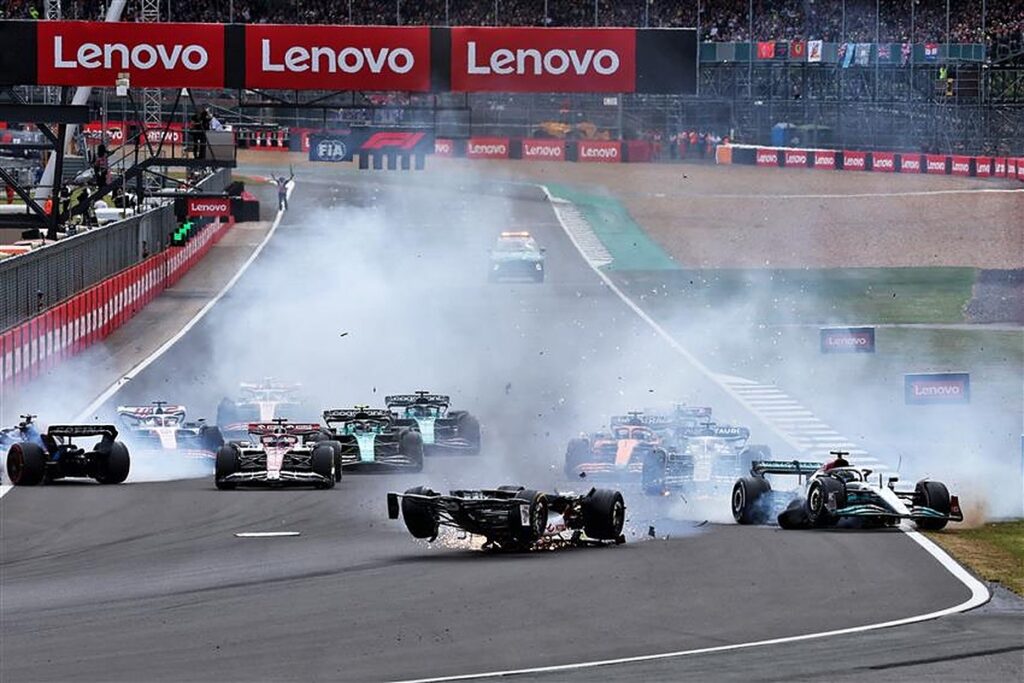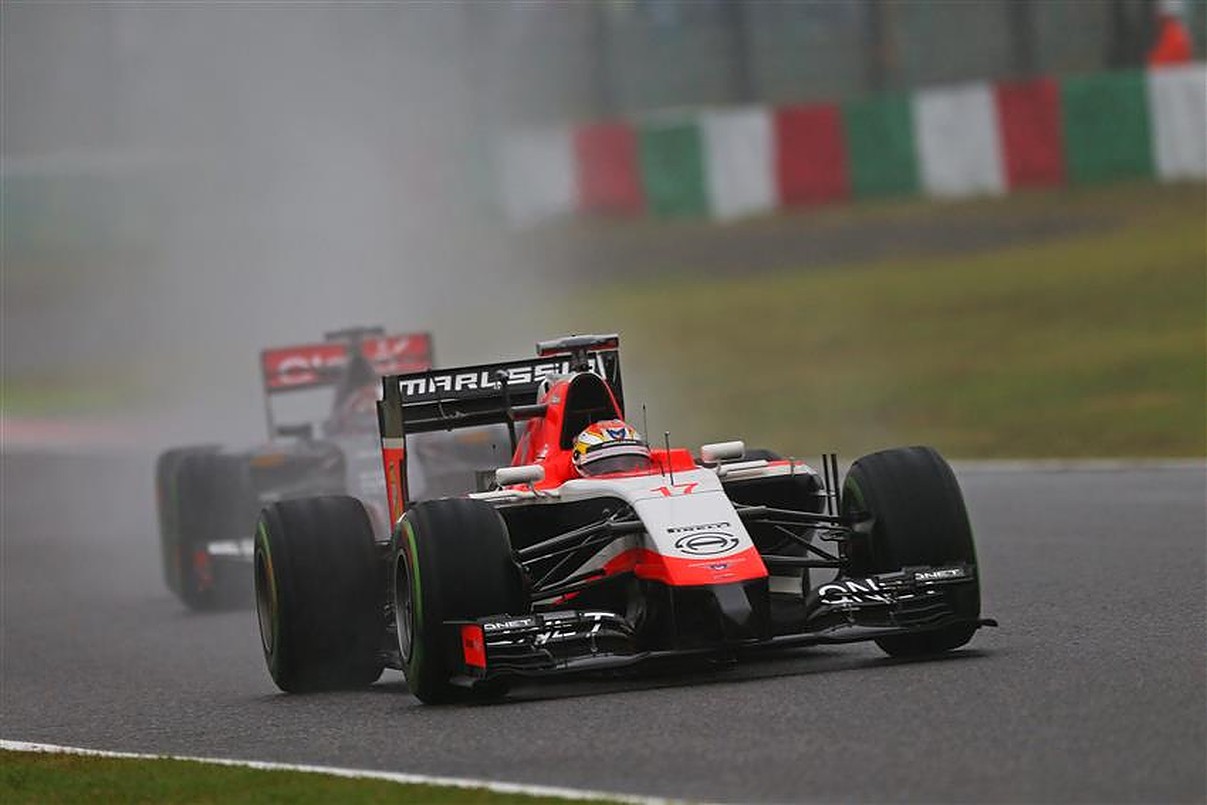Safety in Formula 1 is exceptional, with the proof in the pudding being Romain Grosjean’s destroyed VF-20 from the 2020 Bahrain Grand Prix, which is going on display in Madrid next month.
The fact his chassis remains intact despite having speared through the metal barrier at an impact measured at 67G is frankly out of this world, but it highlights the hard work that has been done to ensure that Formula 1 drivers are as safe as humanly possible.
Go back twenty, thirty years, and a crash similar to Grosjean’s fireball would’ve resulted in pure devastation, with the loss of life being all but certain.
Zhou Guanyu’s terrifying crash at the British Grand Prix last season is another example of how far the sport has come in regard to safety, with similar incidents usually resulting in a significantly different outcome.

READ: James Vowles admits ‘bubbling emotions’ as he officially joins Williams
Both of these crashes have one massive thing in common which effectively saved their lives, a device that originally was mocked and ridiculed by several drivers on the grid today, the halo.
Had it not been for the halo, then Grosjean and Zhou might not be around to tell the story of their crash today; however, because of its integration into single-seater racing, they are, and both can’t speak highly enough of the heroic device.
Formula 1 typically has a tendency to learn from its mistakes, with the sport’s safety always being something that continues to evolve.
Mistakes in F1, though, shouldn’t be a reason that leads to a safety change, with waiting for a tragedy being the wrong approach.
Take the halo, for example, a device that was introduced in 2018 in response to the tragic untimely death of the incredibly talented Jules Bianchi, who slid underneath a recovery tractor at the 2014 Japanese Grand Prix.
The tractor had been on the circuit to recover Adrian Sutil’s stricken Sauber from the gravel, on what was a gloomy day in Suzuka.
At the time, drivers had no head protection other than their helmets, meaning nothing was in place to stop a crash that should never have been allowed to happen.
This was a prime example of the FIA learning from a horrific mistake, with the halo device having since saved the lives of so many drivers from equally horrifying incidents.
Whilst it did take the sport four years to introduce the device, its importance is unmissable, given that the halo remains perfectly intact on Grosjean’s blitzed VF-20 chassis.
For this the sport and the FIA can be commended; however, they are yet to address the biggest safety issue of them all, recovery vehicles.
Eight years on from Bianchi’s incident, it was merely a few metres away from being replicated by Pierre Gasly at the Japanese GP last year, in what were virtually identical conditions.
Rain pounded against the circuit, with a low cloud cover making visibility minimal for the drivers.
Gasly had dropped to last in the race and was clearly driving too fast in what were at the time double-waved yellow Safety Car conditions; however, a recovery tractor having been given permission to go onto what was still a live circuit is something that can never be justified.
Thankfully, angels were watching down on the Japanese GP, with Gasly having narrowly missed the tractor.
It still resulted in a question, though, which should’ve been answered back in 2014, why was a tractor allowed onto a live circuit?
An investigation was conducted following the race and the FIA “acknowledged” that they should’ve “delayed” allowing a recovery vehicle onto the circuit, with all the teams to be told now in the future when and where a recovery vehicle of some sort has entered the track.
Whilst the FIA did announce some safety changes going forwards following what was almost another tragic event, F1 International Injury lawyer, Chris Deacon, from UK law firm Stewarts, believes the governing body still haven’t made significant changes to stop a car making contact with a tractor in the future.
Deacon was influential in the introduction of the halo and argues that it’s still at the discretion of race control as to whether a recovery vehicle is allowed onto a live circuit or not.
READ: ‘Minimum!’: Guenther Steiner reveals why Haas didn’t sign Daniel Ricciardo
He believes that recovery vehicles like tractors should “be a thing of the past”, with the international injury lawyer believing that it should become an obligation for FIA World Championship circuits, to have fixed cranes in place to remove stricken vehicles during treacherous conditions.
“The FIA must stand by the commitments it made following that accident and ensure its regulations make clear the operational standards and expectations when a tractor needs to come trackside during a race,” said Deacon, who represented Bianchi’s family following his fatal crash.
“Really, the use of tractors ought to be a thing of the past following Bianchi’s accident and Gasly’s more recent close shave, with the use of fixed cranes being made mandatory.”
The contents of this article can only be reused and republished by other media outlets in accordance with our Copyright Policy.

